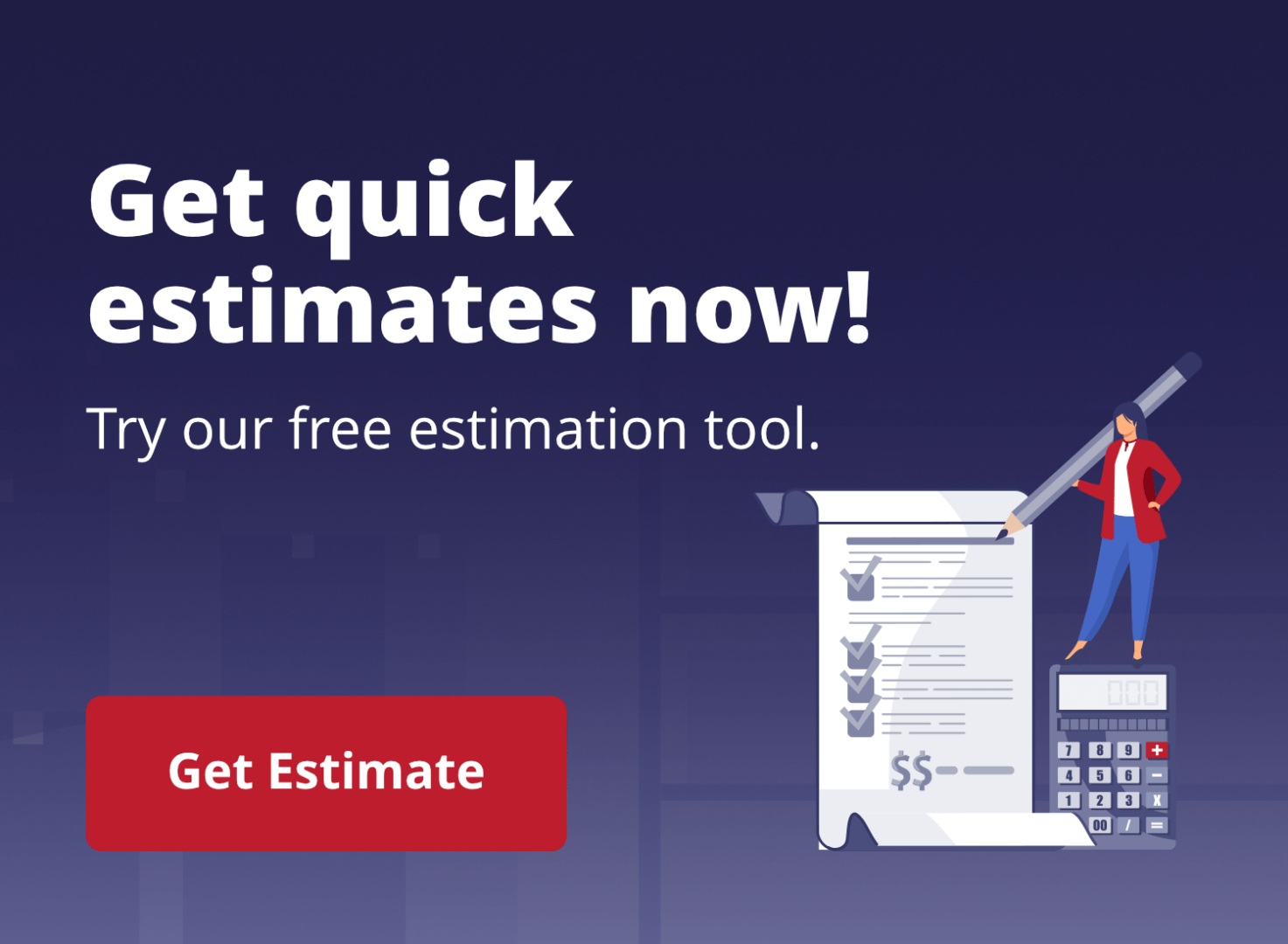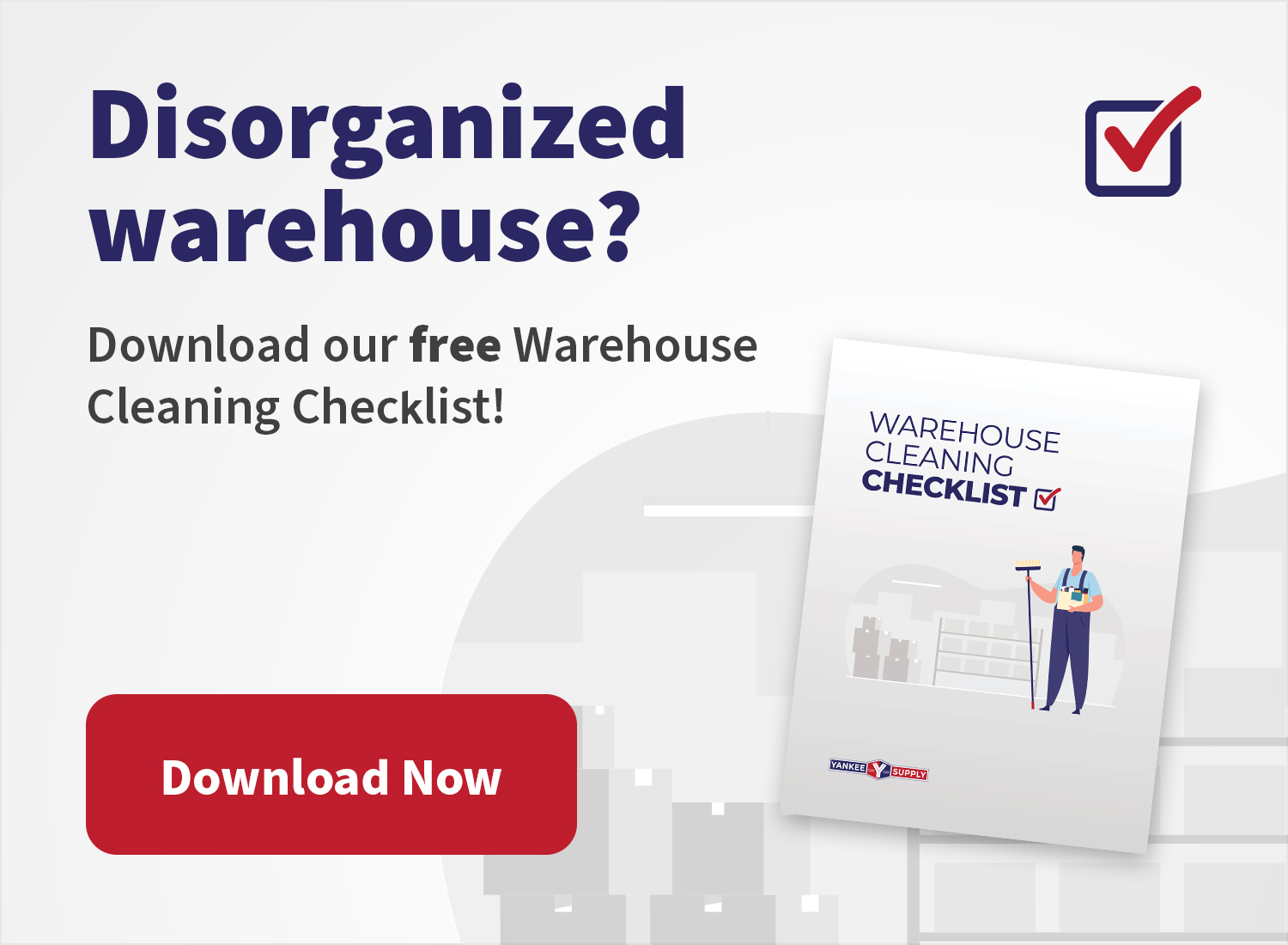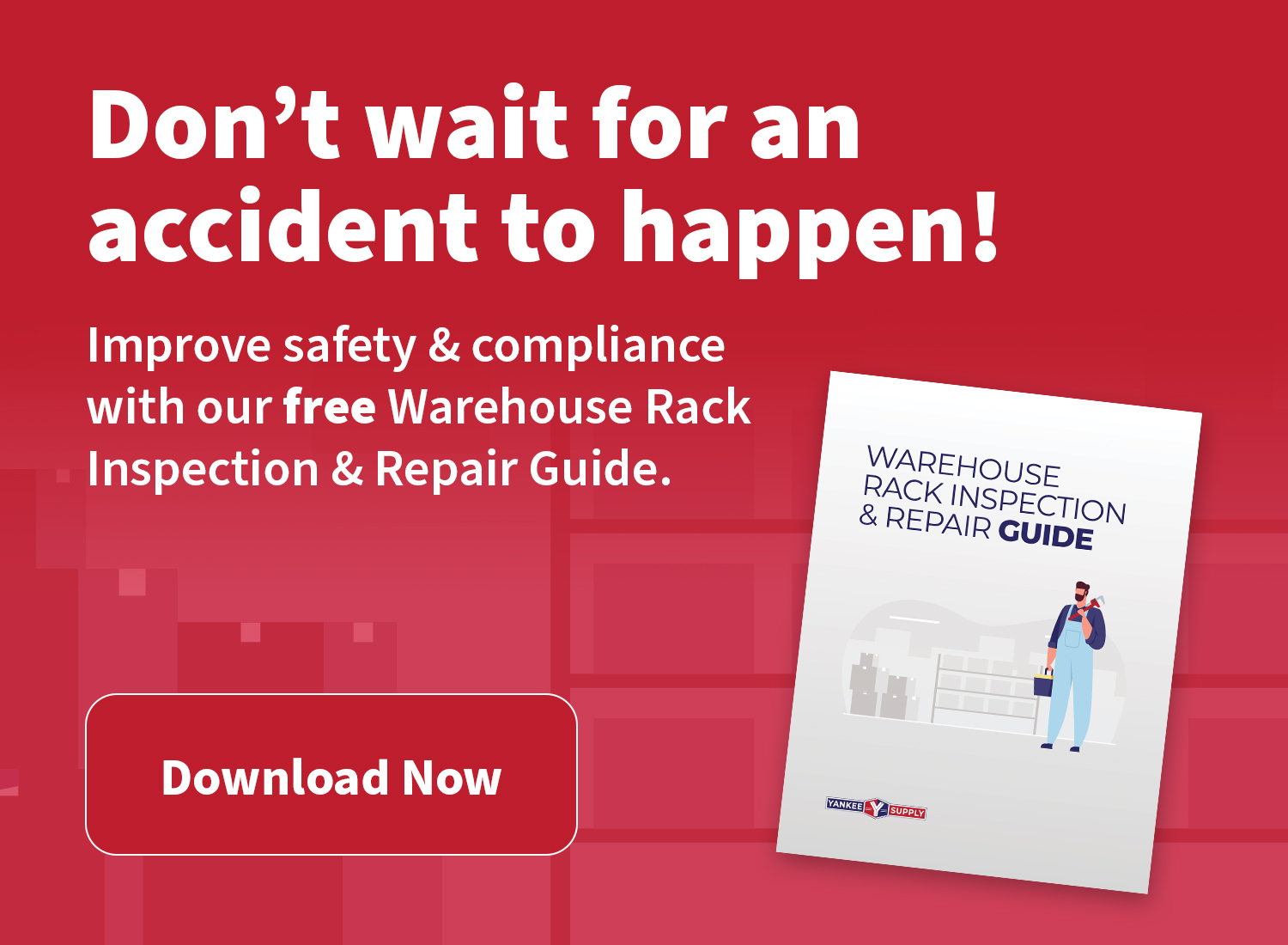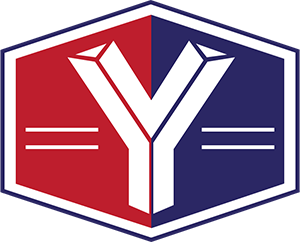Do you work in logistics or manage a warehouse? If so, you know better than anyone that the benefits of organization and streamlined processes are innumerable.
When it comes to logistics, every piece of the puzzle has to be polished and fit perfectly. When every part is in harmony, that’s when you see your best results.
In order to maximize your process flow, you need to first understand warehouse process flow mapping, and how to employ best practices to achieve optimization at every stage of your operations.
What Is Warehouse Process Flow Mapping?
Warehouse process flow mapping, otherwise known as flow planning, is a visual guide that gives a 360° view of your entire operation. Your process flow map answers questions like: What happens after a shipment arrives at X location and Who is responsible for checking Y units?
The simple act of mapping out the chain of logistics can help you come up with solutions that save you time and money. The point of flow mapping isn’t to cover every detail, but to give an overview of processes. This map can help you visualize operations in a new way and help make future decisions based on your findings.
Through flow mapping, you may come to realize that you are either missing a step that could maximize efficiency, or even find that some steps are unnecessary and could be shortened. As a result of good process flow mapping, you can ultimately improve warehouse organization and help ensure on-time scheduled deliveries and shipment accuracy.
After all, a warehouse that ships out items fast is no use if the items are not going to the right place, or if the items themselves are not what the customer ordered.
How To Improve Your Process Flow
There are several key areas in which you can improve your warehouse process flow to optimize efficiency. We’ve narrowed it down to four areas of focus: warehouse design, equipment fabrication, equipment installation, and inspection and repair.
Warehouse Design
If you’re building your operation in a brand new space, then warehouse design is a great place to start. In fact, even if you’ve already got equipment and processes in place, it could save you time and money in the long run if you take a step back to look at details such as floor plans and schematics. Here are the aspects of warehouse design you may want to look into:
- Concept Drawings
- Floor & Flow Plan
- Warehouse Storage
- Detailed CAD Schematics
- Equipment Load Capacities
- Installation Planning & Scheduling
Keep in mind that you may need a specific type of software in order to calculate things like equipment load capacities, or to produce high quality concept drawings. If you have friends in the industry, then don’t be afraid to reach out to find out the software they’re using. Attending logistics conferences regularly is also a great way to stay up-to-date on the newest industry-specific technology.
Equipment Fabrication
Simply put, equipment fabrication is customized equipment for your business. If your current equipment is outdated or causing delays in your process flow, then equipment fabrication may be a consideration for your facility.
Whether your warehouse operation requires safety features such as supplying more work benches, or improving cargo transfers by updating your caster decks, the equipment that you identify as necessary for the warehouse can be custom-made to your specifications.
Your other option is to buy used equipment, which can save you additional money, but may cause similar issues with delays or inefficiencies, if not designed to your specifications. Most suppliers, who deal in used material handling equipment, can do many of these customizations. Whatever you choose to do, it’s important to know your options, and consider the pros and cons of each.
Equipment Installation
Equipment installation can be a painstaking task. Fortunately, you can hire professionals who know how to move the big stuff (and small stuff). If you are building your warehouse from scratch or making significant equipment updates, material handling installers may be a good option for you.
Some examples of what you could install in your warehouse to improve processes include:
- Pallet Racks
- Flow Racks
- Bulk Racks
- Shelving
- Mezzanines
- Cantilever Racks
- Bulk Storage Racks
- Conveyors
- Lockers
- & More
If you choose to install new equipment, material handling installers can also help you disassemble and dispose of existing equipment in your facility. This can be an opportunity to do some much-needed upgrades, but it all depends on what kind of equipment you have identified as necessary to the improvement of warehouse flow processes.
Inspection & Repair
Finally, it’s important to avoid making hasty decisions when it comes to equipment upgrades. For the sake of both safety and efficiency, regular inspections of equipment should take place.
Moreover, if you can identify what can be repaired versus. what needs to be replaced, this can save you a lot of money. There’s no need to get rid of perfectly good equipment if it can be repaired for less than it would cost to replace.
As for health and safety inspections, a safe workplace is a happy one. If workers don’t feel safe in their environment, that’s going to bog processes down. It could also lead to injuries if left unchecked.
As a manager, you aren’t just overseeing a warehouse; you’re overseeing people and making decisions for the betterment of everyone affected by those decisions.
A Process Streamlined To Your Specific Needs
As a warehouse manager, you know that your warehouse has specific needs that others may not have. It is your job to identify those needs and ensure that those differences do not hold your operation back from being its best. Yankee Supply specializes in everything from equipment and installation, to warehouse design and process flow planning. We have a unique understanding of the logistics industry as both a supplier and designer.
The best thing about working with Yankee Supply is knowing you can trust our industry knowledge. When we are tackling warehouse design and process flow, we can also identify if there is a need for things like additional equipment, such as warehouse racking or shelving systems. You even have the option of having custom fabrication of your equipment, designed specifically for your warehouse.
If you’re ready to begin optimizing your warehouse operations, give us a call at 800-232-7225 or inquire online today.









